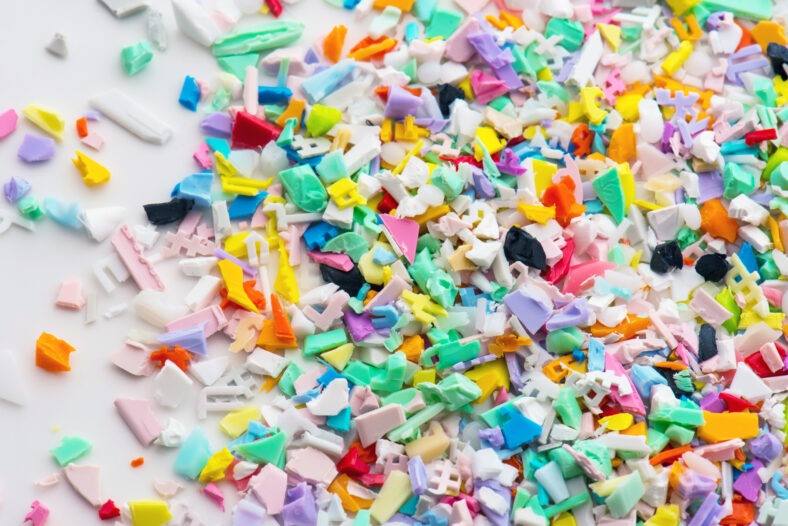Your Brain May Contain A Spoonful Of Nanoplastics, But We’re Not Sure How They’re Sneaking In There

Microplastics have been found pretty much everywhere in the world, even in the deepest, darkest, most remote corners of the Earth. They have collected in the depths of the ocean, high up in mountains, and even inside our bodies.
In fact, research from the University of New Mexico shows that the tiny particles are accumulating in our brains much faster than in other organs.
The human brain may contain a spoon’s worth of microplastics, equating to the weight of a plastic spoon, which is seven grams.
The microplastics and nanoplastics were detected in the brains of human cadavers. According to the research team, the amount of microplastics in the brain seems to be increasing over time.
Between 2016 and 2024, concentrations rose by about 50 percent. This makes sense because plastic production doubles every 10 to 15 years.
“We think [the increase] is simply mirroring the environmental buildup and exposure,” said Matthew Campen, a co-author of the study and a toxicologist at the University of New Mexico.
“People are being exposed to ever-increasing levels of micro and nanoplastics.”
The researchers also found significantly higher levels of microplastics in brain tissue than in liver and kidney tissue. Samples from kidneys and livers contained between seven and 30 times less than our brains.
Additionally, microplastic concentrations were higher in the brains of deceased patients who had been diagnosed with dementia compared to those without dementia.

Sign up for Chip Chick’s newsletter and get stories like this delivered to your inbox.
Only a correlation—not a causal relationship—between microplastics in the brain and dementia was found. It may be that changes in the brain due to dementia make it easier for microplastics to find their way into the thinking organ.
Microplastics and nanoplastics result from the breakdown of items used in daily life, like packaging, containers, clothing, tires, and more.
They get into our bodies, particularly through our consumption of meat because it harbors high levels of the degraded plastics. Aside from our brains, they’ve shown up in blood, lungs, baby poop, and placentas.
In September 2024, the pollutants were discovered in the human olfactory bulb, a type of brain tissue located above the nose in the forebrain.
At the time, researchers were not sure if microplastics could move even deeper into the brain. Now, they know it’s possible.
The potential health consequences of microplastics are unclear. Scientists do not yet know if microplastics are harmful, but the idea of miniature plastic particles sitting in our brains is very concerning.
The next steps are to determine whether what effects microplastics have on human health. In the future, studies may also explore how microplastics and nanoplastics are sneaking into the brain in the first place.
“Somehow, these nanoplastics hijack their way through the body and get to the brain, crossing the blood-brain barrier,” Campen said.
“Plastics love fats, or lipids, so one theory is that plastics are hijacking their way with the fats we eat, which are then delivered to the organs that really like lipids—the brain is top among those.”
The study was published in the journal Nature Medicine.
More About:News